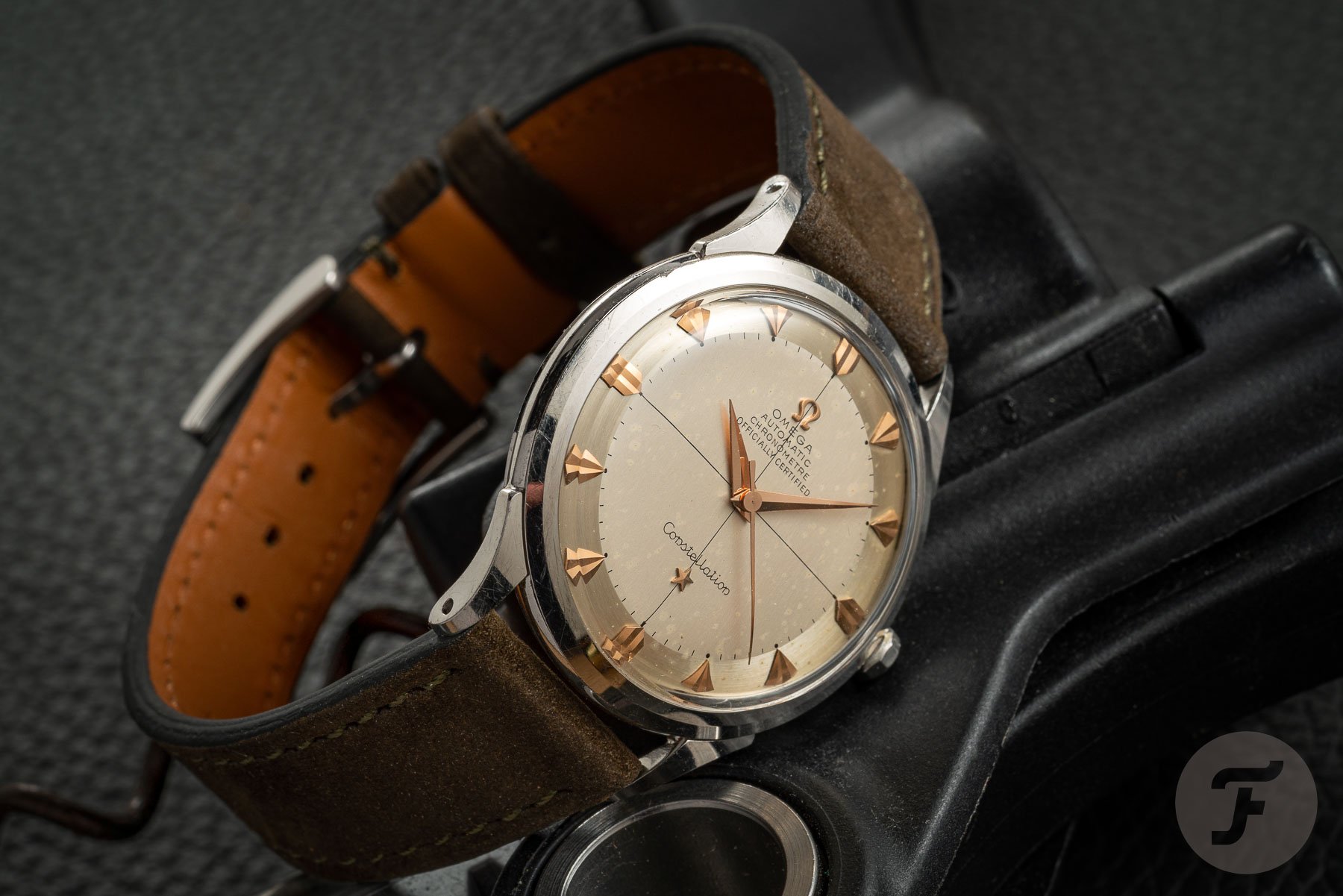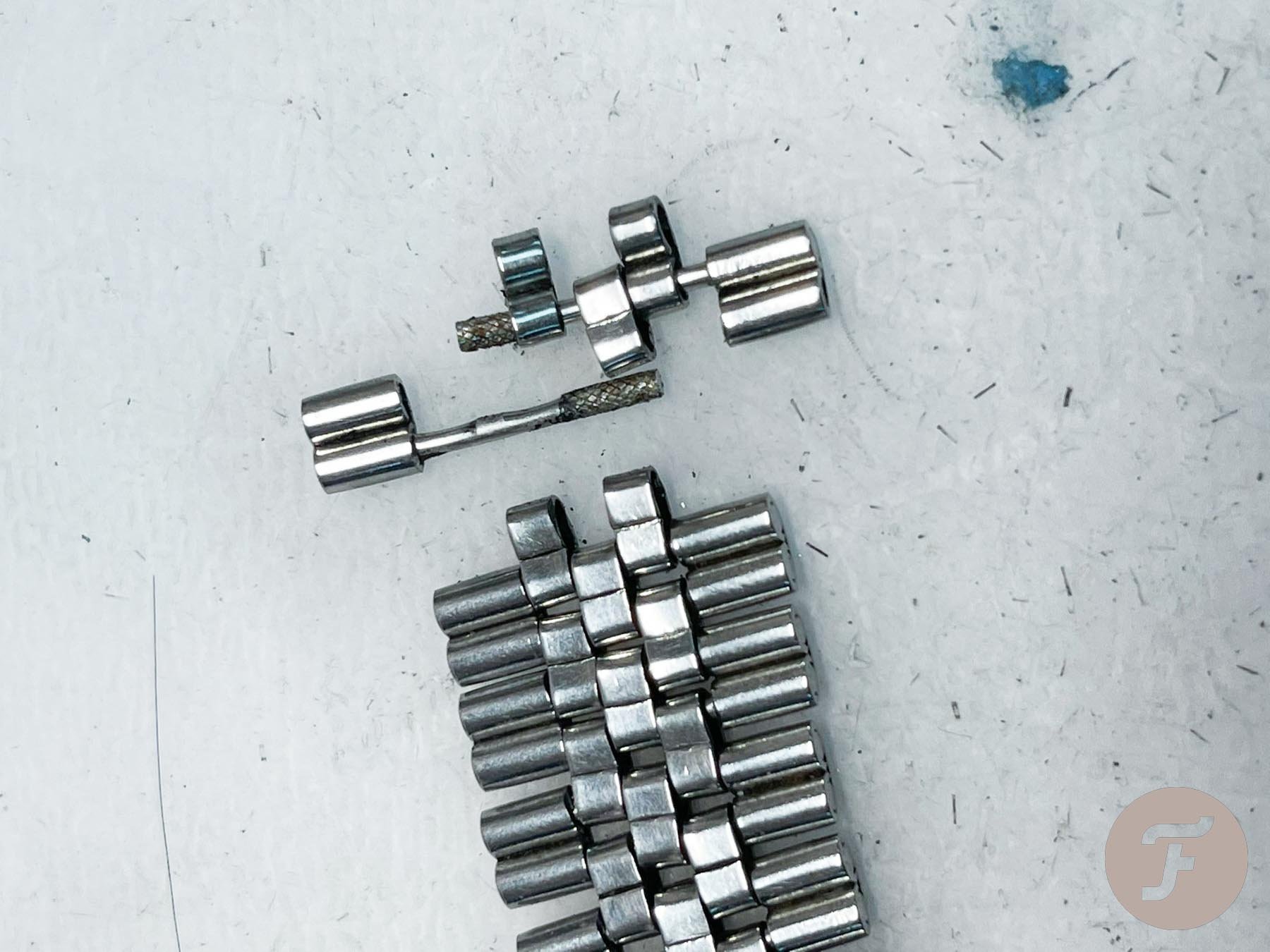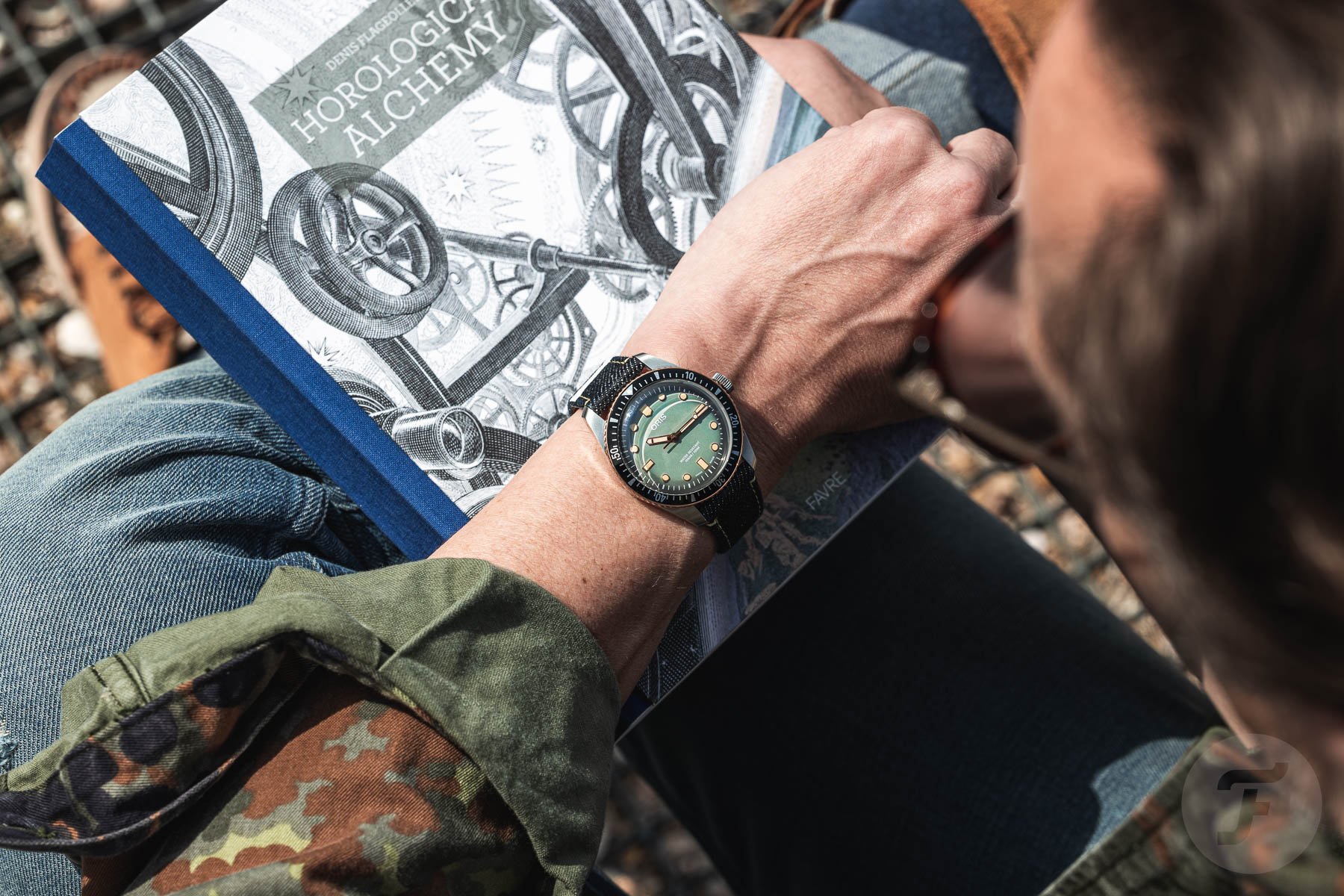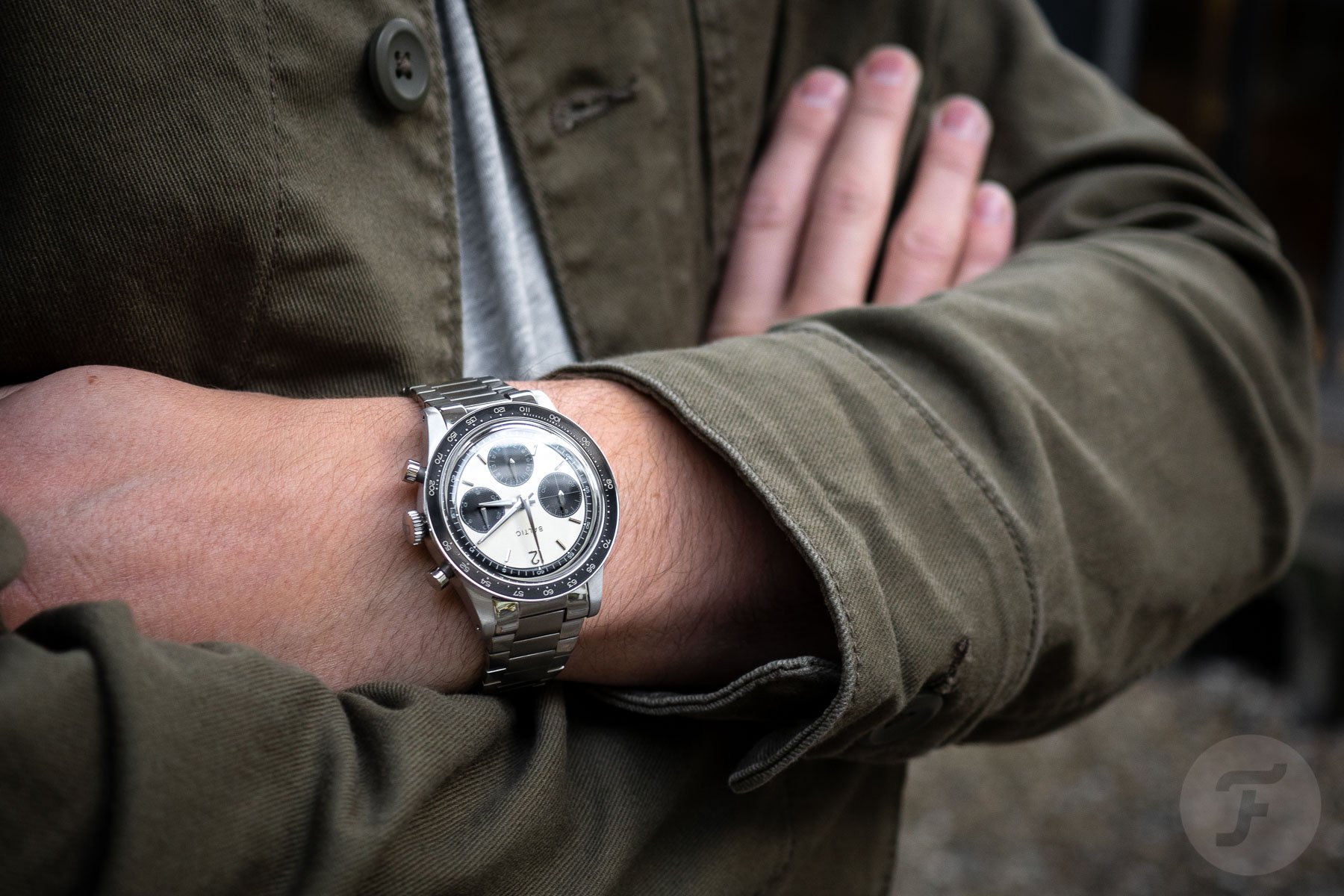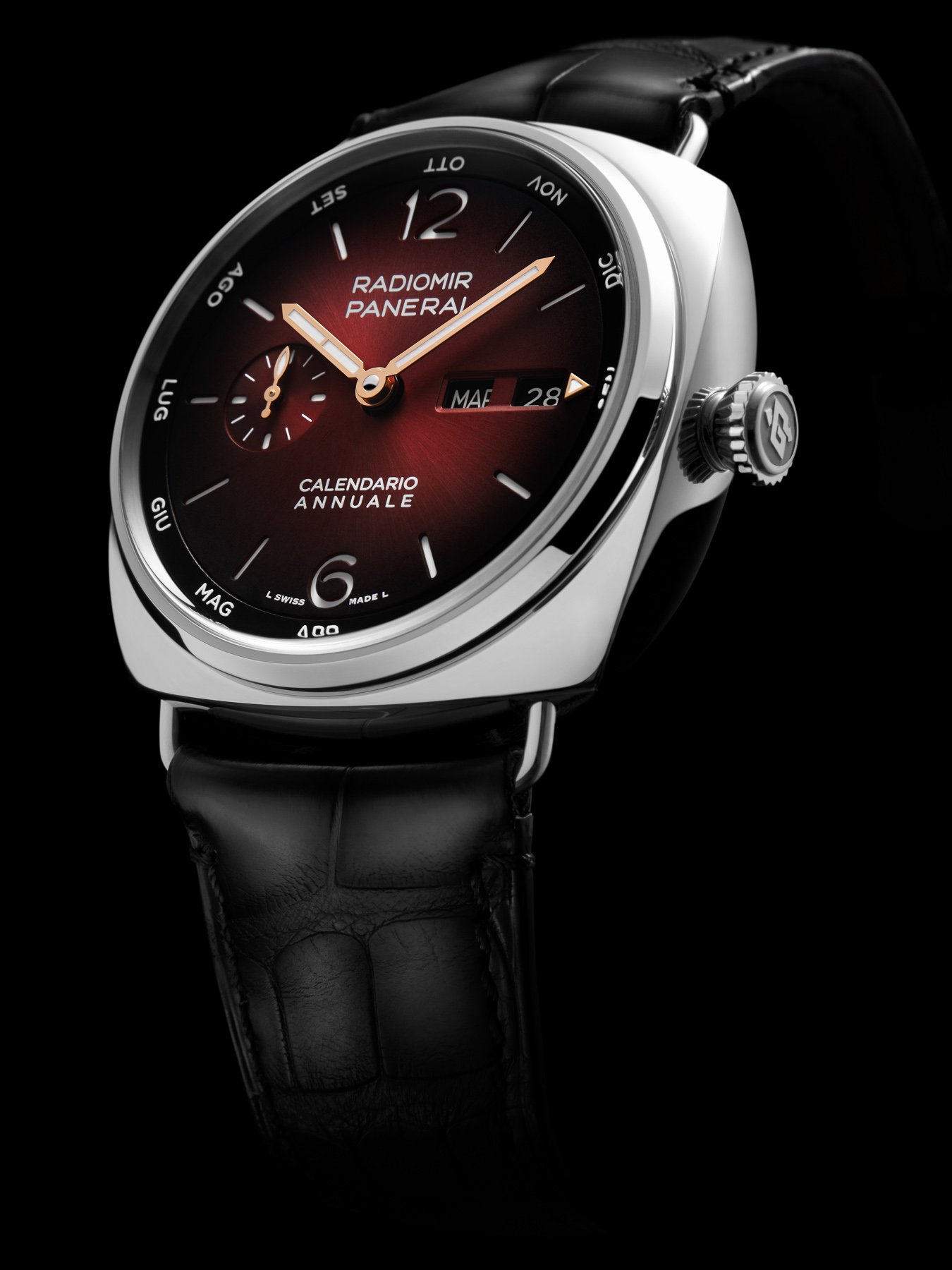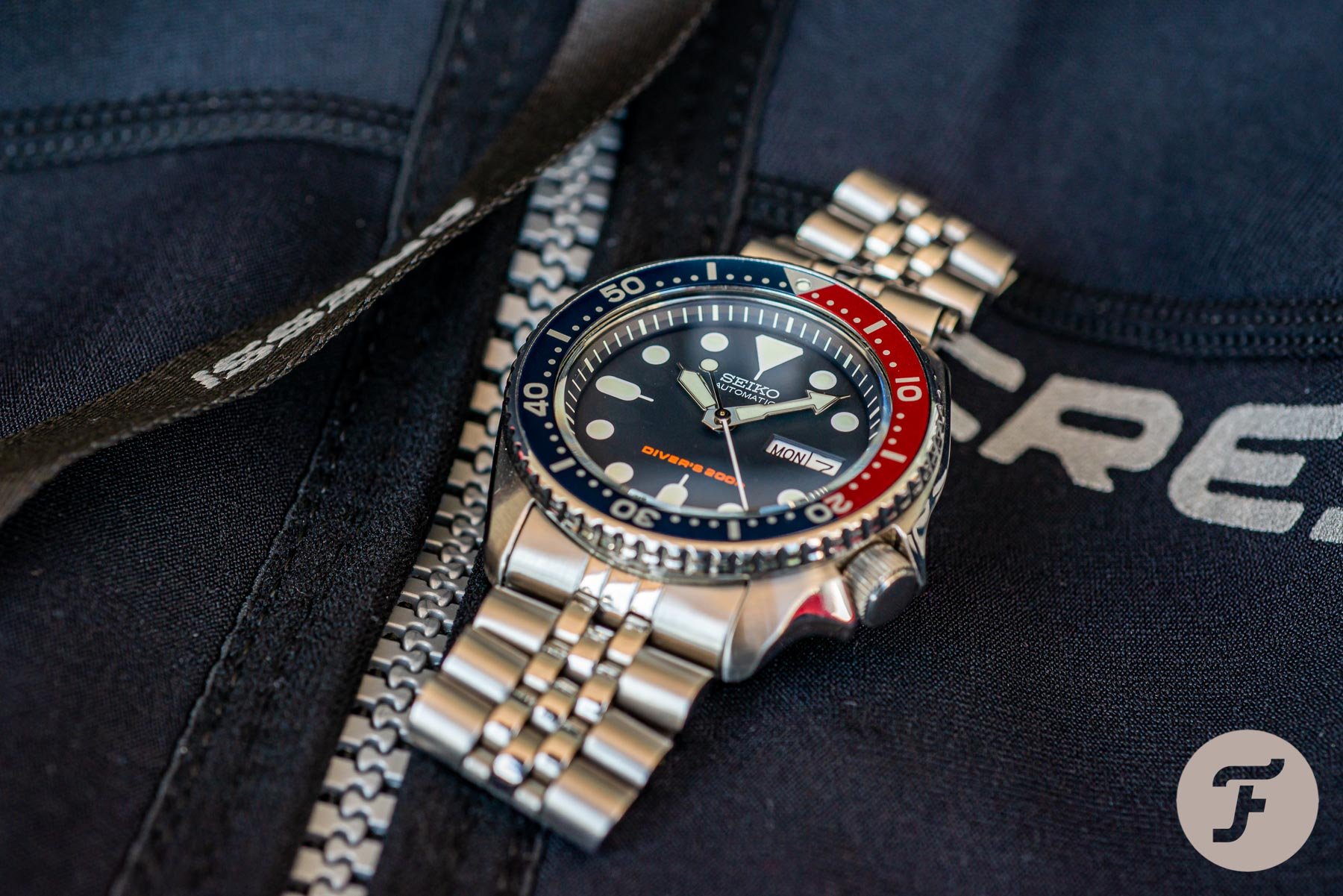Bad Watches Don’t Exist Anymore — Or Do They?
Bad watches don’t exist anymore. Any modern watch from a reputable maker will perform decently and survive everyday life. Does that mean that we can buy watches worry-free, or are there still things to avoid? In today’s article, I want to explore some misconceptions about quality, and in the process, we may find ourselves being a little overcritical sometimes.
We’re not talking about quality in the sense of finishing or exotic materials. Rather, we are talking about the build quality that determines whether a watch can handle daily life.
Bad watches don’t exist anymore
As a former vintage dealer, I know many people who wear nothing but 50-to-60-year-old watches (well, yes, and clothes too). They do not baby these watches whatsoever. Sure, they were made by reputable makers like Omega, Longines, or Rolex. But still, if such watches survive modern daily life, what could go wrong with a modern watch?
My point is, we are putting a little too much focus on the technical side of things. I have written an article about how specs don’t matter as much as we think, and the point stands. Watch owners who actually push their watches to their limits are few and far between. Watches are over-engineered for their purpose. I get it; if you go diving, a 300m water resistance rating is reassuring. My point is, it doesn’t matter whether you strap on a €300 Seiko or a €10K Rolex. Both are over-specced for whatever you intend to do.
And that’s speaking of tool watches and the accompanying tool use. For an average daily life, with maybe some outdoor activity on the weekends, most modern watches will suffice. In all seriousness, what do you need most? With some shock resistance, fair resistance to magnetism, and some basic water resistance, you’ll be good to go! So, if this is the case, what can still ruin your experience?
Bracelet construction
One component that many manufacturers skimp on is the bracelet. Some modern bracelets are held together with extremely thin internal pins. I have restored my fair share of vintage Rolex Jubilee bracelets, and it was always the pins that wore out the quickest. But those pins were actually rather substantial, keeping the bracelet together even after several decades.
I am particularly cautious with integrated bracelets in the lower segment. Such watches may represent great value today, but how will the bracelet hold up? I intend for my watches to last a lifetime or more. You cannot expect that from a cheaply made bracelet. And if it is integrated, you cannot just swap it for something else.
Luckily, some manufacturers are improving bracelet construction. Using ceramic bearings/sleeves, hardened steel, and thick pins can certainly reduce wear. However, for many other brands, the incentive isn’t there. Such a bracelet may cost twice as much, but it will not look any more attractive to potential buyers. Making promises about longevity is always risky too, so brands may prefer to spend their money elsewhere.
Low water resistance is not a proxy for bad watches
As watch enthusiasts, we tend to use a few proxies for judging a watch’s quality. From the spec sheet, it is often the caliber and the water resistance. Lower water resistance must mean lesser quality, right? Well, no.
The biggest determining factor in a watch’s water resistance is material thickness, specifically, that of the crystal and the case back. Under high pressure, thinner materials will flex or shatter and compromise water resistance. But under normal use, that makes no difference at all. Using thinner materials can be a viable option to reduce the overall thickness and weight of a watch. While that may reduce water resistance, it does not reduce quality per se. Watches with low water resistance, then, aren’t bad watches by definition.
Granted, if a watch is intended for aquatic use and quite thick overall, you may expect fairly high water resistance. You know something odd is happening when a 15mm-thick dive watch has a 10ATM rating. That is perfectly sufficient for almost any use, but it is also an indicator of some compromise in construction.
New watch brands don’t equal bad watches
I often see remarks suggesting that microbrand watches would be unreliable or bad in comparison to watches from established brands. This requires some unpacking because it encompasses several assumptions, some of which are false.
It is, for instance, good to know that most microbrands use the same manufacturers as mainstream, established brands do. It really is common for the same manufacturer to produce 200 microbrand watches and then switch to a batch of 10,000 established-brand watches. No brand would admit it, but so much is done out-house, so you cannot really make any claims about quality in general.
The ownership experience can, of course, be compromised when a microbrand ceases to exist. If the watches used a common ébauche caliber, you will be fine for normal servicing, but watch-specific parts will be hard to replace. Still, many parts on most microbrand watches, such as seals, crystals, and crowns, are generic. Others, such as hands, can be replaced with non-original parts as a last resort. It is worth checking with a brand to what degree this is the case. But while it may take a little more of an aficionado’s approach to maintenance, the chance of your watch becoming an unrepairable chunk of steel is extremely small. Therefore, you are really worried about a hypothetical worst-case scenario that still isn’t all that bad.
I am not referring to value
What I am saying is that technically bad watches are very rare nowadays. This is a statement that bears no relation to money. There are very bad buys out there, for sure. But that doesn’t mean the watches are technically bad. You may find two similarly specced watches, one five times the price of the other. From the perspective I am taking here, that makes no difference. They are equally good or bad watches.
It is quite similar to cars. Many of us remember when it was a daily roulette to see whether the car would start. That is no longer the case, even if you buy cars from brands that used to be infamous for unreliability. Watches were already generally quite reliable back in the day, so just imagine what higher manufacturing standards and finer margins have led to.
What are your experiences with bad watches?
Okay, I will admit that the above is a bit overstated to make a point. Of course, there are poorly constructed watches on the market. There are also unreliable movements, hard-to-service microbrand watches, etc. My point is that they are outliers in an industry that operates quite smoothly overall. So we are probably a little overcritical and certainly overly fanatical about watch quality.
But that leads me to a question for you, my dear Fratelli. Do you have experience with bad watches? If so, what happened? Was it just bad luck or a structural issue with the brand/model? In short, was it genuinely a bad watch? Let us know in the comments below!
You can also find and follow me on Instagram: @time_travelers_journal

